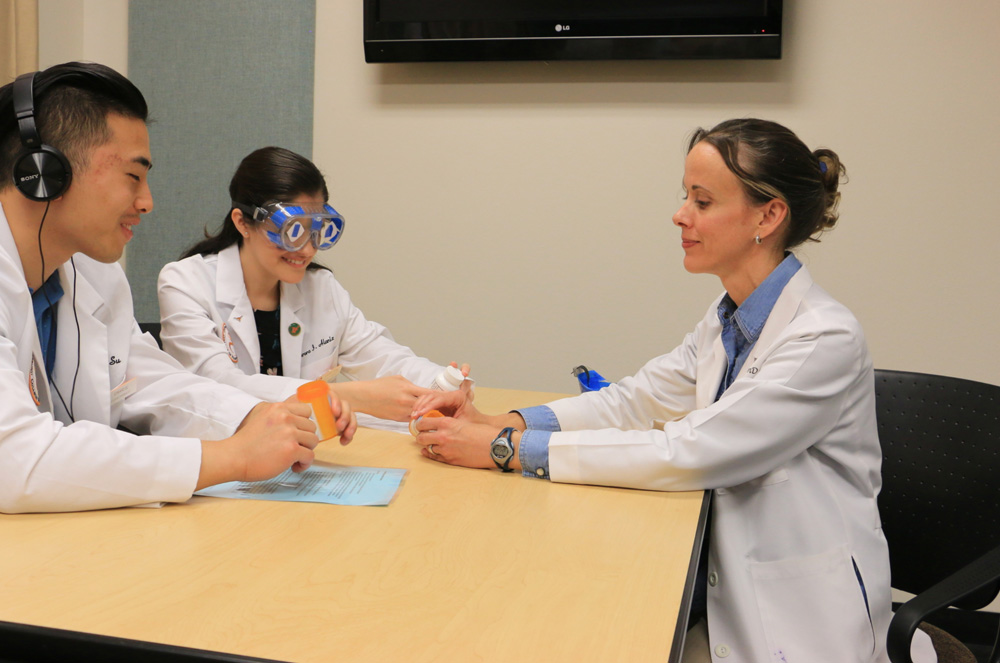Think of belonging and access in education as an ongoing effort with three distinct but related goals (Waitoller & Kozleski, 2013): to more fairly distribute learning opportunities; to recognize and honor the differences among students; and to provide opportunities for marginalized groups “to represent themselves in decision-making processes.”
As a conclusion to their meta-analysis, Waitoller and Artiles (2013) argue that belonging in the classroom should be treated more broadly. Rather than focusing on a unitary identity like “disabled” or “female,” for example, treat the idea of belonging in the classroom through a lens of intersectionality, considering all relevant identities and groups that have been historically marginalized in educational settings.

 I’ve had students screaming, fighting in class, but I guess from my perspective, I don’t really mind. I see that as I’ve created a safe space where everyone feels that they can be themselves…
|
Faculty Resources Related to Belonging and Access
This is not a comprehensive list of belonging and access resources on campus. For information about a specific topic, please contact the Center for Teaching and Learning. |